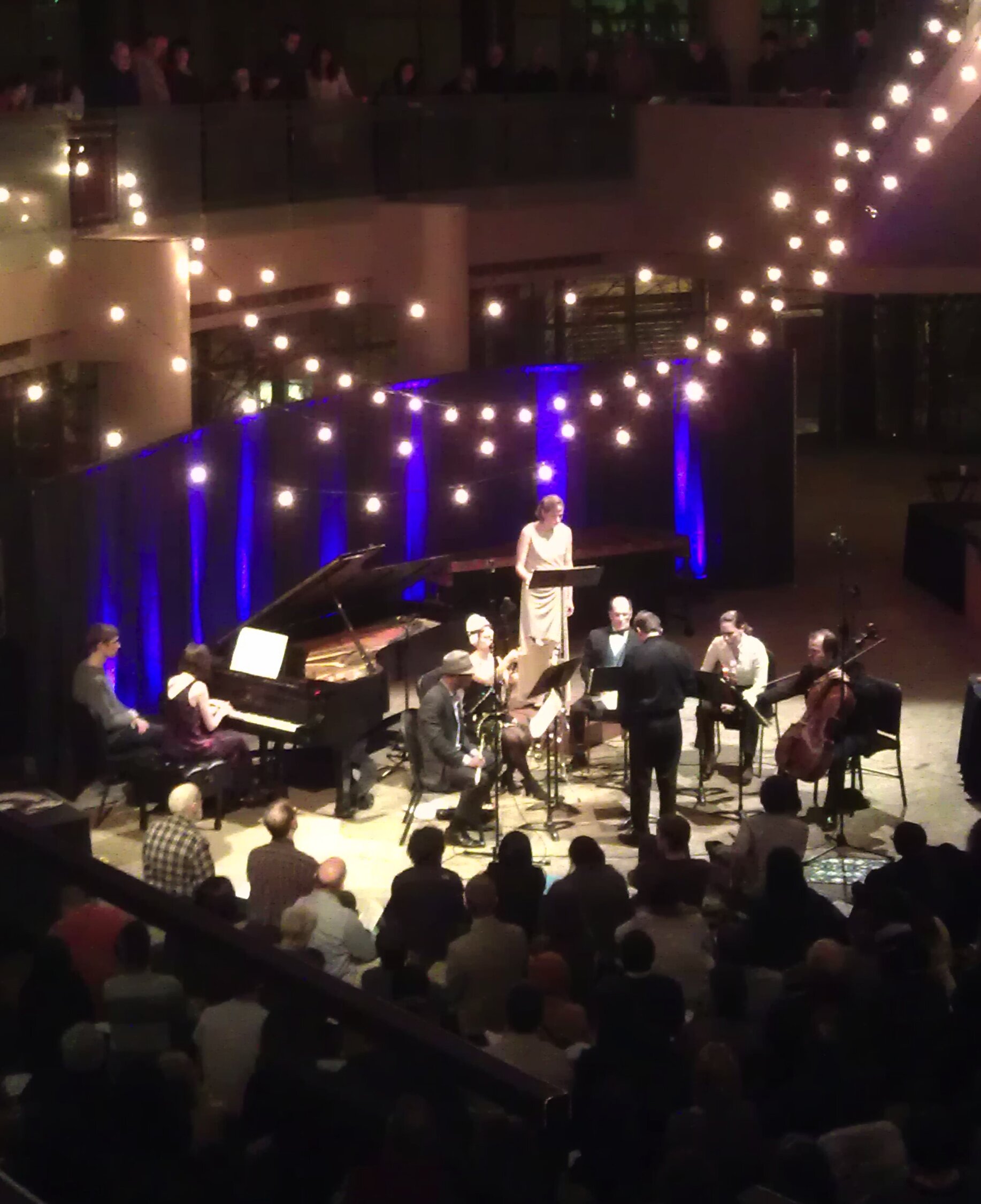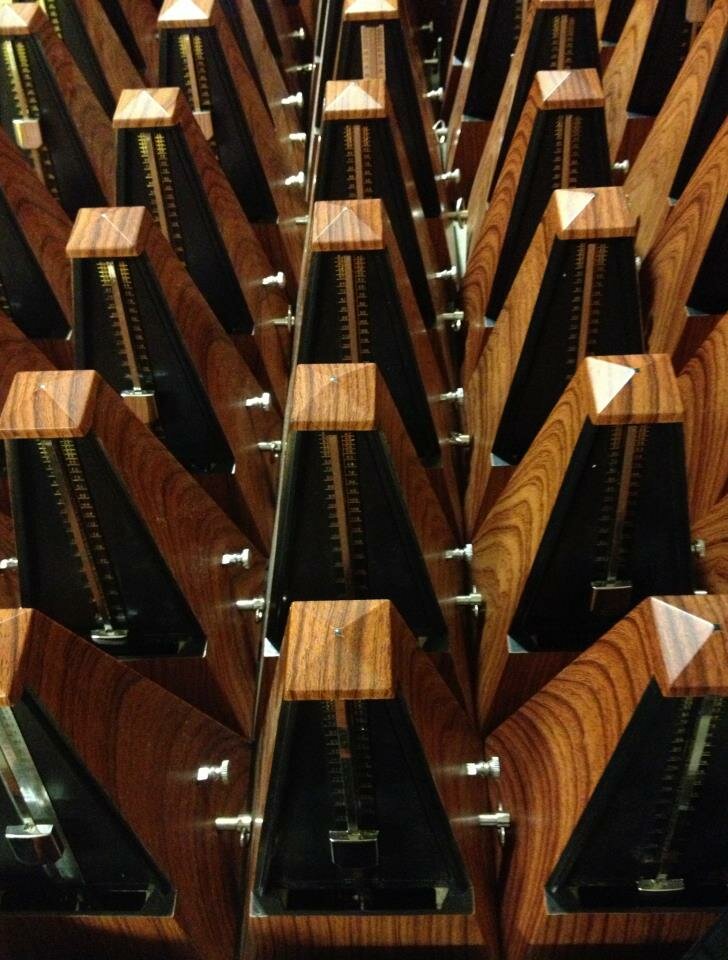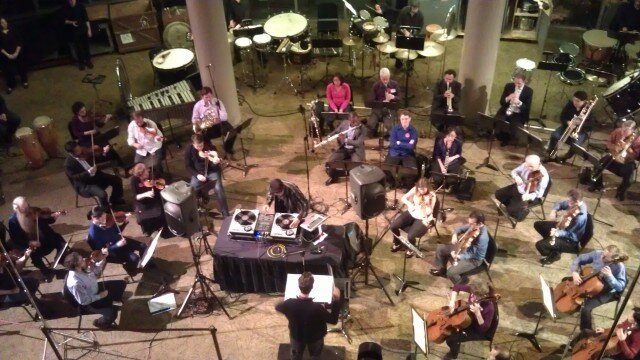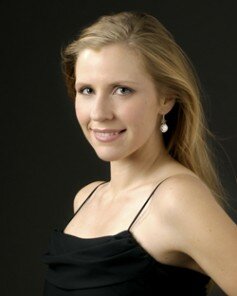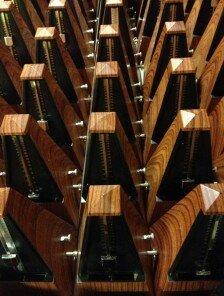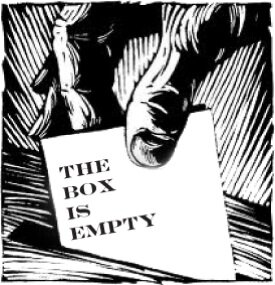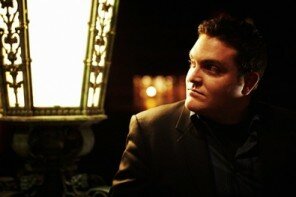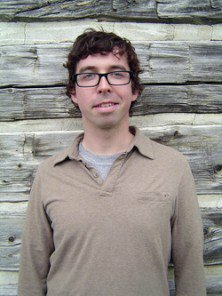The atmosphere at Benaroya Hall was convivial last weekend for the second concert in the Seattle Symphony‘s [untitled] series. [untitled] made its debut this season as the first Symphony concert series to focus on modern and contemporary classical music. Designed to appeal to younger audiences, the events combine shorter programs of chamber music with socializing, drinks, and casual seating. Confusing name aside, the series has been a runaway success, drawing an eclectic crowd to Benaroya Hall’s Grand Lobby.
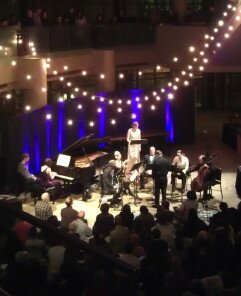
The first [untitled] concert, held in October, featured an overview of major composers and works of the 20th century. Last Friday’s program was more adventuresome, centering around Arnold Schoenberg’s Pierrot Lunaire, an atonal song cycle that is one of classical music’s most bizarre masterpieces. This was accompanied by two contemporary works: A concerto for bass trombone by Daniel Schnyder and Jörg Widmann’s Hunting Quartet.
Benaroya Hall’s Grand Lobby, with its soaring atrium and stunning panoramic windows, provides an ideal space for this sort of event. All of the balcony levels were open during the performance, enabling concert-goers to get a bird’s eye view of the proceedings.
On the lobby floor, audience members sat café-style around tables or clustered on floor cushions in front of the stage. Strands of lights crisscrossed the atrium above the performers’ heads, adding a festive flair. Although the room doesn’t have the crystal-clear acoustics of Benaroya Hall’s sumptuous auditorium, Friday’s performances sounded surprisingly vibrant and fresh for such a large, glass-enclosed space.
Pierrot Lunaire dominated the evening, filled with superb performances and stellar direction by Seattle Symphony Music Director Ludovic Morlot. The work centers around the solo soprano part, supported by a cast of strings, woodwinds, and piano. Incredibly, local soprano Maria Mannisto stepped into the solo role on just four days’ notice, filling in for Cyndia Sieden.
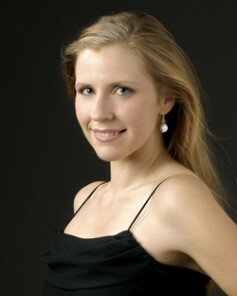
The piece was introduced by violinist Mikhail Shmidt, who explained the story behind the music. Based on a book of poems by Albert Giraud, the work was composed by Schoenberg in 1912. The twenty-one poems chosen for Schoenberg’s cycle loosely follow the adventures of Pierrot, the protagonist, as he wanders in the night. Together, the poems paint a pictures of a dark, twisted world, with a touch of the fantastic. Supernatural flowers bloom in the moonlight. Glistening red rubies evoke drops of blood. Themes of revenge and atonement fill this drug-fueled dreamland.
To add to all of this creepiness, the piece utilizes Schoenberg’s signature Sprechstimme vocal style. Half-spoken word, half-singing, Sprechstimme exaggerates the natural rise and fall of normal speech patterns, resulting in vocal lines that careen from high pitches to low tones in a seemingly erratic fashion. Mannisto confidently navigated this difficult technique, delivering an expressive performance that brought a unique character to each of the poems. The final poem in the cycle takes a subtle turn towards normalcy, evoking the German art song style for a brief moment before diving back into madness. Mannisto painted this powerfully, projecting just a faint glimmer of hope that’s quickly snuffed out.
While the soprano acts as a narrator to Pierrot’s adventures, the vivid imagery of the texts is brought to life by the instrumental parts. At last Friday’s performance, woodwinds and strings balanced each other well, creating a large palette of textures ranging from sparse and airy to heavy and layered. Pianist Cristina Valdes shone in the stormy eighth song, evoking a cloud of giant black moths. In the twentieth song, flutist Demarre McGill’s winding melodic line provided a soothing backdrop for Mannisto’s vocals.
The performance drew mixed reactions from audience members, many of whom were likely experiencing the work live for the first time. The crowd became noticeably thinner over the course of the piece, though this was no fault of the musicians — forty minutes of atonal singing about dark and morbid subject matter is not exactly easy listening. (While strolling around the balcony, I noticed a man laying on the floor with his eyes closed. Was he sleeping, or listening intently?) Those who stayed to the end were rewarded by the full song cycle’s worth of standout performances, powerful moments, and overall strangeness. It’s a groundbreaking work that remains fresh and unique to this day, but it’s also one of the weirdest pieces in the classical music canon.
The two works that preceded Pierrot Lunaire were lighter in character, balancing out the dark drama of Schoenberg’s work. Composed in 1999, Schnyer’s Bass Trombone Concerto demonstrates the wide timbral range of the instrument, drawing upon a variety of influences, including jazz and Middle Eastern scales. Bass trombonist Stephen Fissel gave a virtuosic performance, supported by a miniature chamber orchestra of violin, double bass, percussion, and piano.
Similarly, Jörg Widmann’s Hunting Quartet showcases the many forms of “extended technique” available to string players beyond simply drawing the bow over the strings. Widmann’s score had the quartet tapping the backs of their instruments with their hands, scraping and bouncing their bows on the strings, and generating high-pitched squealing noises by playing close to the bridge. The work tells the story of a hunting party gone wrong. It begins melodiously enough, but soon descends into screeching chaos that ends with the two violinists and violist pretending to stab the cellist with their bows. It’s an interesting concept, but the overall effect was gratuitously silly.
The final concert in the [untitled] series is on April 26. The program includes compositions by Seattle Symphony musicians, including oboist Ben Hausmann, double bassist Jordan Anderson, and bassoonist Seth Krimsky. Following the success of this season’s concerts, [untitled] will return in the 2013-14 season with three more programs of modern and contemporary classical works.
